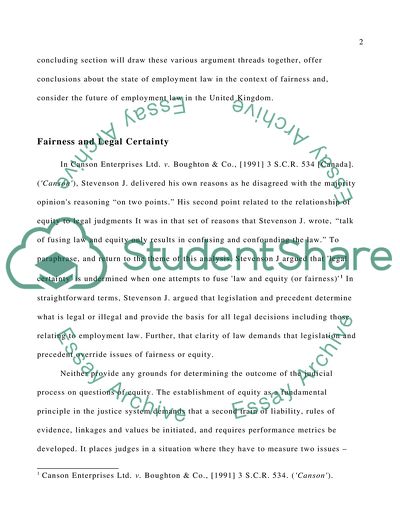Cite this document
(Employment Law in the United Kingdom - The Current Situation Assignment, n.d.)
Employment Law in the United Kingdom - The Current Situation Assignment. Retrieved from https://studentshare.org/law/1747674-employment-law
Employment Law in the United Kingdom - The Current Situation Assignment. Retrieved from https://studentshare.org/law/1747674-employment-law
(Employment Law in the United Kingdom - The Current Situation Assignment)
Employment Law in the United Kingdom - The Current Situation Assignment. https://studentshare.org/law/1747674-employment-law.
Employment Law in the United Kingdom - The Current Situation Assignment. https://studentshare.org/law/1747674-employment-law.
“Employment Law in the United Kingdom - The Current Situation Assignment”, n.d. https://studentshare.org/law/1747674-employment-law.


